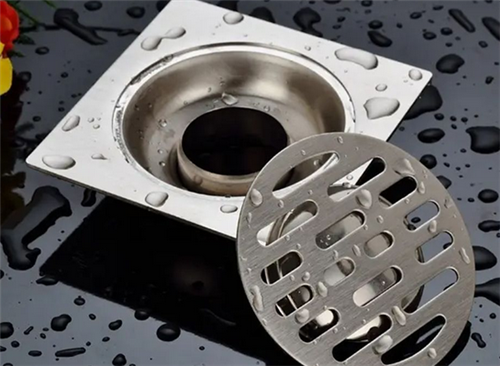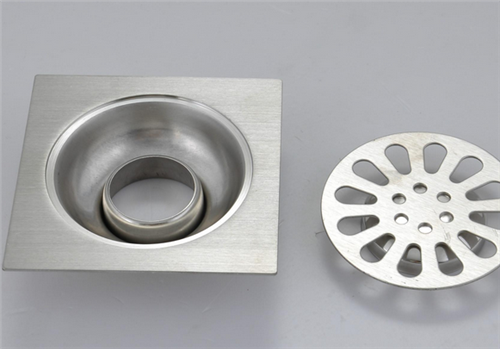
Home / Blog Center / Chargers / Floor Drain Issues: What to Do When You Can't Access the Drain Pipe
Floor Drain Issues: What to Do When You Can't Access the Drain Pipe
04/03/2025 | Hawkrown
The installation of the floor drain in the bathroom must be reasonable. However, sometimes the workers may be careless, resulting in a situation where there is a certain drop between the floor drain and the sewage pipe. If the bottom end of the floor drain cannot reach the sewage pipe, creating a gap of two centimeters, it will affect the drainage speed later on. In such cases, can it still be salvaged?
What to do if the bottom end of the floor drain cannot reach the sewage pipe
1、You can use elbows, tees, etc. to connect them, directly inserting these into the floor drain and applying waterproof adhesive at the joints. If the distance between the two is significant, you will need to prepare a short pipe with a diameter that matches the sewage pipe for the connection.

2、If the gap is too large and cannot be resolved with simple connections, you may have to reinstall either the floor drain or the sewage pipe. This adjustment should be carried out before laying the tiles, and the position of the sewage pipe needs to be changed. However, the main sewage pipe cannot be moved; you can only change the position of the floor drain by breaking through the floor to connect to the main sewage pipe. This method involves considerable engineering work and requires the consent of the neighbors living below, as it cannot be done unilaterally.

What types of floor drains are there in bathrooms?
1、One type is the bounce type floor drain, which is relatively simple and inexpensive but does not effectively prevent odors or insects. Additionally, it requires foot activation and is now quite rare.
2、Another type is the gravity flapper floor drain, which uses springs for operation. It effectively prevents odors and insects, although it has a drawback of slower drainage speed, leading to potential water accumulation. This issue arises mainly from the diameter and depth of the pipe.

3、Currently, the T-shaped floor drain is the most commonly chosen, offering comprehensive functions that prevent both insects and odors while ensuring relatively fast drainage speed.

In summary:there are many styles of floor drains. It is crucial to select a suitable floor drain in the early stages and to install it according to specific standards to avoid issues like a few centimeters of discrepancy; otherwise, retrofitting later will be very troublesome.


